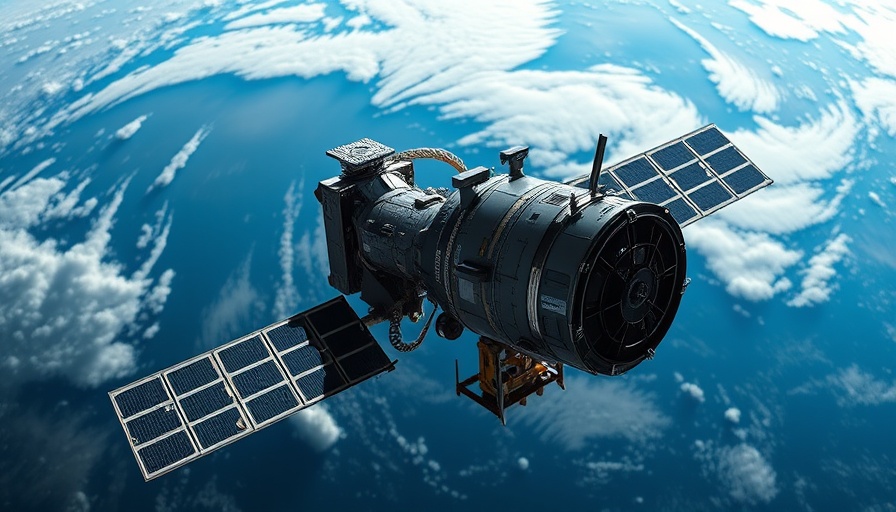
The Legacy of the Hubble Space Telescope
The Hubble Space Telescope, often likened to a large school bus in size and weight, has fundamentally transformed our understanding of the universe since its launch in 1990. The telescope's ability to capture stunning imagery has not only mesmerized amateur astronomers but has also provided invaluable data to scientists, making it a cornerstone of modern astrophysics. Over its 30-plus years in operation, Hubble has amassed nearly 250 terabytes of data, showcasing celestial phenomena ranging from the enigmatic behavior of black holes to a breathtaking look at distant galaxies.
The Launch: Triumphs and Tribulations
Initially, Hubble was celebrated for its ambitious project timeline, which began with concepts rolled out in the late 1960s. However, various hurdles, such as the tragic Challenger disaster, stretched the initial timeline extensively. After a long wait, Hubble finally launched aboard space shuttle Discovery on April 24, 1990, a landmark achievement in space exploration history.
Unfortunately, the elation from Hubble's launch soon turned into dismay when initial images revealed a glaring spherical aberration in its primary mirror. This defect, though minute — only 2 microns in curvature — rendered Hubble nearly ineffective for one of its primary missions: to provide clear and high-resolution images of space.
Servicing Missions: Engineering Marvels in Action
Hubble was designed with the capability to be serviced and upgraded, an intentional foresight by its engineering team. This design element became crucial after the discovery of the mirror flaw. In response, NASA orchestrated a series of servicing missions to fix and enhance Hubble's capabilities.
The first of these missions, known as Servicing Mission 1 (SM1), took place in December 1993, successfully installing corrective optics that revived Hubble's potential to deliver the extraordinary images scientists had hoped for. This mission laid the groundwork for subsequent upgrades, including the installation of new instruments and technological advancements that improved Hubble's research capabilities.
The Impact on Science: A Journey of Discovery
Hubble's contributions to science extend beyond stunning visuals; its observations have led to groundbreaking discoveries about the cosmos. From measuring the rate of expansion of the universe to revealing the existence of thousands of exoplanets, Hubble has maintained its status as an essential tool for astrophysics. Its ability to peer into deep space and time has unveiled secrets of the universe, providing insight into phenomena that were previously unimaginable.
The Future of Space Exploration: Innovations Inspired by Hubble
The legacy of the Hubble Space Telescope not only rests on its achievements but also on the innovations it inspired. Future space telescopes, such as the James Webb Space Telescope, build upon Hubble's groundbreaking findings, integrating advanced technology to further unravel the mysteries of our universe.
Understanding Hubble’s journey also illustrates the resilience of human innovation in the face of challenges and setbacks. As we continue to push the boundaries of space exploration, it's vital to remember the lessons learned through Hubble's lifecycle.
Conclusion: The Unfolding Legacy
Hubble's story is one of resilience, innovation, and the unending quest for knowledge. Its journey underscores the importance of adaptability in technological endeavors. The cooperative spirit seen throughout its servicing missions serves as a reminder that the most significant breakthroughs often come from collaborative endeavors in science and engineering.
 Add Row
Add Row  Add
Add 




Write A Comment